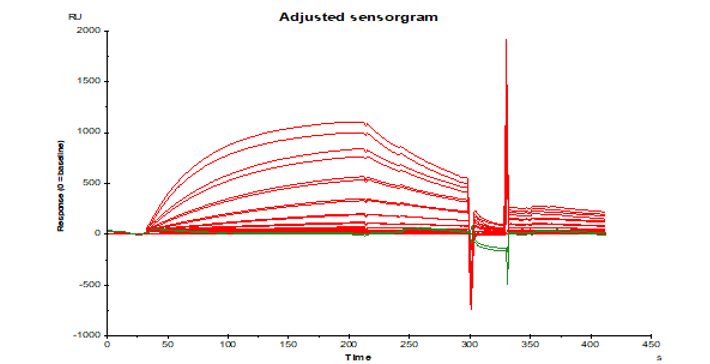Neutron Reflectivity (temporarily unavailable)
Structural & Morphology Characterization (Neutron characterisation)
Due to a damage at the tube of the central channel, the MLZ will have neutrons again not before August 2022. For this reason, the instruments at the MLZ will not be available in the next NFFA-Europe Pilot call for proposals. We will keep you updated.

@
provided at Large Scale Facilities by:

@
provided at Large Scale Facilities by:
Also consider
Electronic & Chemical & Magnetic Characterization
XPS X-ray Photoelectron Spectroscopy
XPS is a surface spectroscopic technique for quantitative measurements of the elemental composition or stoichiometry and the chemical state of the present elements, like their oxidation state and chemical bonds. XPS is highly surface sensitive, giving chemical and binding energy information from the a narrow region close to the surface.
Structural & Morphology Characterization
XRD X-Ray Diffraction
XRD provides non-destructive information on the structural order of a material. At large scattering angles XRD permits to identify different crystal phases and to quantify lattice distances and crystalline volume fractions. At low angles of incidence the surface roughness of a single crystal and the thickness of a deposition layer can be obtained.
Electronic & Chemical & Magnetic Characterization
PL PhotoLuminescence
PL is a non-contact, non-destructive method of probing the electronic structure of materials, often used in the context of semiconductor devices to determine the bandgap energy, the composition of heterostructures, the impurity levels, the crystal quality, and to investigate recombination mechanisms.
Nano to Micro/Macro
SPRB Surface Plasmon Resonance Biosensor (Biomolecular real-time detection)
Surface plasmon resonance instruments enable to measure in real time the biomolecules binding onto the sensing surface by monitoring the induced plasmonic resonance peak shift at the gold-liquid interface. This technique allows real-time detection and monitoring of biomolecular binding events.
Growth & Synthesis
CSD Chemical solution deposition
CSD is a growth technique of thin films, self-assembled nanomaterials or nanocomposite thin films where chemical solution is first deposited on substrates and then chemical precursors are transformed into solid compounds. A wide range of functional oxides and inorganic compounds are grown by CSD leading to epitaxial or polycrystalline structures.






